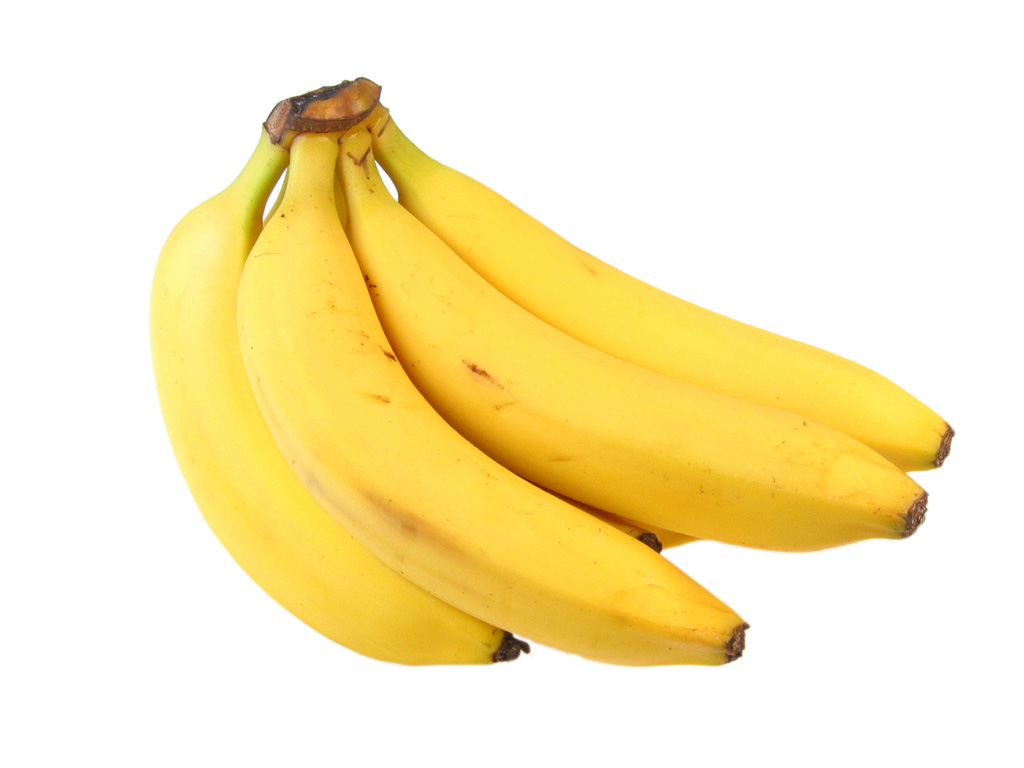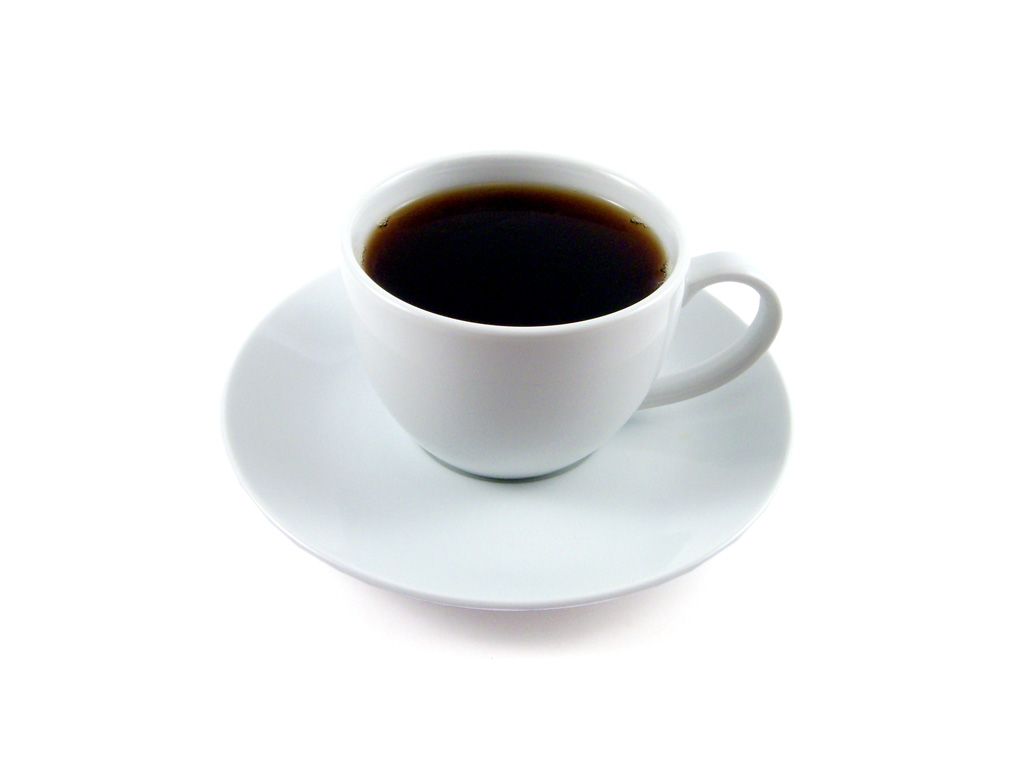 Homemade Aromatherapy Products and Remedies for Babies
Homemade Aromatherapy Products and Remedies for Babies
Babies! Their breath-taking perfection and fragile beauty stirs every mother’s heart. There isn’t anything a mom wouldn’t do to keep her baby healthy and happy.
Unfortunately, the baby products and remedies in today’s drug stores and super markets are filled with dyes, chemical irritants, perfumes and preservatives. These ingredients can harm your child’s tender skin, and perhaps irritate their delicate nasal passages and lungs.
And boy are they pricey!
If you want to pamper, soothe and heal your baby naturally, without breaking your family budget, try the ancient magic of aromatherapy.
Following you will find simple recipes for baby products you use every day, and natural remedies for diaper rash, teething pain and general fussiness when your child is overly tired.
Try the recipes I have suggested, or create your own using the included list of essential oils and their healing properties. But please Mom, also notice and heed the included warnings as well!
Some general precautions:
Don’t use essential oils with children under three months of age.
When making products for babies, use half the amount of essential oil you would use for an adult.
For children 3 months to 2 years of age, use 5 drops of essential oil to every ounce (approximately 2 tablespoons) of carrier oil.
For children two years and older, you may increase the amount to 10 drops of essential oil for each ounce of carrier oil used.
Do NOT use mineral oil! This clogs the pores of your baby’s skin.
Oils safe for babies:
Chamomile
For colic, teething pain, and calming an overly tired child
Eucalyptus
For respiratory conditions, to lower fever, and to stop the itch of chicken pox
Geranium
For lifting spirits and refreshing the atmosphere
Lavender
For colic and thrush
Lemon Eucalyptus
For the treatment of cradle cap
Mandarin
To induce mild relaxation
Neroli
For deeper relaxation
Rose
For soothing dry or irritated skin
Sweet Orange
For calming a child and settling digestive upsets
Tea Tree
For burns. scrapes, cuts, general wound healing and the treatment of thrush
For children two years or older:
Ginger
For nausea and diarrhea
Lemon
For insect bites
Peppermint
For fever, colds, and nausea
Rosemary
A good decongestant
Clary Sage
A relaxant
Tangerine
For calming upset stomachs
Here are a few recipes you can try for cleaning baby’s bottom, soothing diaper rash, eliminating teething pain, soothing irritated skin, and making your child calm and relaxed.
Soothing Baby Massage Oil
4 oz of oil (try sunflower, almond, safflower or apricot)
5 drops of lavender essential oil
5 drops of sweet orange essential oil
Blend together well in a plastic bottle. Cap tightly.
As an alternative, you can use 10 drops of rose essential oil instead.
This has a pleasant fragrance and is great for soothing irritated skin.
NOTE: Not for babies! Use rose essential oil on children two years of age or older.
Teething Pain Gel
1 oz vegetable oil
1 to 2 drops of clove essential oil
Mix together and rub gently on your baby’s gums.
For a sweeter tasting gel, substitute vegetable glycerin instead.
Natural Baby Cleansing Wipes
1/8 cup of vegetable oil
1/8 cup of baby shampoo
1 and ½ to 2 cups of distilled water
8 drops of lavender essential oil
5 drops of tea tree oil
Cut a roll of paper towels in half. Remove the inner cardboard core.
Put the towels in an empty plastic diaper wipe container.
Pour the liquid over the towels and let it soak in.
Remove a towel from the center of the roll, and feed it into the pull slot in the top of the container for easy dispensing.
The lavender oil has anti-bacterial properties, and a soothing fragrance that calms your baby. The tea tree oil discourages the growth of mold.
Diaper Rash Remedy
Add one drop of chamomile oil to a dab of diaper rash ointment (generally sold in the drug store as zinc ointment with vitamins A and D).
Blend well and rub in the affected area.
Teething Relief
Mix 1 drop of chamomile oil in 1/8 cup of ice cold water.
Dip a cotton ball into the water, squeezing out the excess.
Rub the chamomile ice water across the baby’s sore gums.
Children's Calming Mist
Add to four ounces of water:
10 drops neroli oil
10 drops chamomile oil
10 drops mandarin oil
10 drops sweet orange oil:
Mist with a spray bottle into your child‘s play room.
For more information:
Natural Baby Care: Pure and Soothing Recipes and Techniques for Mothers and Babies (Natural Health and Beauty Series), by Colleen Dodt
Paperback: 144 pages
Storey Books; (April 1997)
Aromatherapy for Women and Children: Pregnancy and Childbirth
by Jane Dye
Paperback: 244 pages
The C.W. Daniel Company Ltd; (January 1993)
Aromatherapy for the Healthy Child: More Than 300 Natural, Non-Toxic, and Fragrant Essential Oil Blends
by Valerie Ann Worwood
Paperback: 320 pages
New World Library; (April 2000)
Herbs of Grace website
http://www.herbsofgrace.com
Stony Mountain Botanicals
http://www.wildroots.com
Driftwood Health
http://www.pureproducts.net/
Irene Helen Zundel is a freelance writer, educator and mother, and an expert in child development, home schooling and creative parenting and home making.
Visit her online at http://www.irenehelenzundel.com
 Image by SteffanyF! via Flickr
Image by SteffanyF! via Flickr![Reblog this post [with Zemanta]](http://img.zemanta.com/reblog_e.png?x-id=0a5d6602-7e70-489c-ab86-5d0e8aa8de1d)

![Reblog this post [with Zemanta]](http://img.zemanta.com/reblog_e.png?x-id=fc525e10-79dd-44f3-bf8a-704e2995fa21)

![Reblog this post [with Zemanta]](http://img.zemanta.com/reblog_e.png?x-id=ce3e1c50-b3e3-455d-8417-836e8db4a352)

![Reblog this post [with Zemanta]](http://img.zemanta.com/reblog_e.png?x-id=e2f8eba4-bdaf-431e-822e-2dff0c5fe3c7)

![Reblog this post [with Zemanta]](http://img.zemanta.com/reblog_e.png?x-id=fbe1a565-977b-4579-bbae-e19190c23cad)


![Reblog this post [with Zemanta]](http://img.zemanta.com/reblog_e.png?x-id=bb67ea7e-d681-4d61-bc7d-945f1573a221)

![Reblog this post [with Zemanta]](http://img.zemanta.com/reblog_e.png?x-id=40aa4aee-296f-4d15-96b9-c1c57e8071b2)
![Reblog this post [with Zemanta]](http://img.zemanta.com/reblog_e.png?x-id=3439a87c-6d6b-44ae-b3a0-59a68f36d2eb)


![Reblog this post [with Zemanta]](http://img.zemanta.com/reblog_e.png?x-id=5c12308c-a449-43e0-9a57-3c9297f457e8)
![Reblog this post [with Zemanta]](http://img.zemanta.com/reblog_e.png?x-id=0f2f236b-15ae-4f2d-b3c2-4931901875d5)


![Reblog this post [with Zemanta]](http://img.zemanta.com/reblog_e.png?x-id=0b4649dc-7d52-42d8-b6a2-81ef0019ed7e)

![Reblog this post [with Zemanta]](http://img.zemanta.com/reblog_e.png?x-id=470bfc5e-6135-46fd-8538-e11c1a4179a5)


![Reblog this post [with Zemanta]](http://img.zemanta.com/reblog_e.png?x-id=e754ad52-87b1-4a36-a20e-34005bfd4095)

![Reblog this post [with Zemanta]](http://img.zemanta.com/reblog_e.png?x-id=b2209c0c-043d-47c1-beef-7380077cfc40)


![Reblog this post [with Zemanta]](http://img.zemanta.com/reblog_e.png?x-id=b733bae1-1b56-474a-b22b-964766ec8d13)


